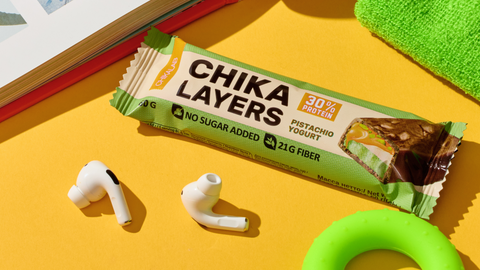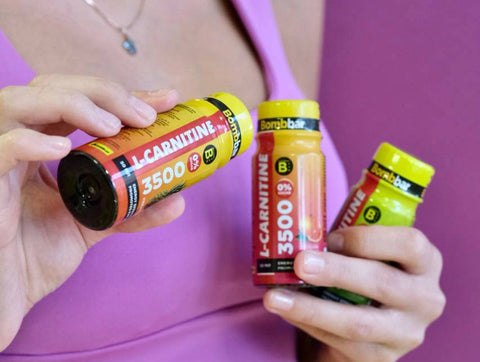The origins of modern protein bars date back to 1986, in a small Californian kitchen where a marathon-running couple—Brian and Jennifer Maxwell—mixed vitamins, oatmeal, whey protein, and corn syrup to create a healthy snack for their long-distance runs.
What started as a hobby eventually turned into a successful business, sparking a global trend and inspiring many manufacturers. Just over three decades later, protein bars have become popular worldwide, but not all of them are equally beneficial.
Not all protein bars are the same.
Alongside a large number of fans, protein bars also have many critics, including dietitians and regular consumers. Dietitians point out that many bars only pretend to be healthy, containing as much added sugar as chocolate-glazed doughnuts. Some people have not yet embraced the idea of functional nutrition, believing it is food only for “fitness buffs.”
Behind the colorful wrapper is a product developed with the involvement of scientists, complex research, and the latest technologies. Its goal is to provide tired muscles with protein, supply a complex of vitamins, micro- and macronutrients, all without adding extra calories, unnecessary substances, or sugar.
Why are they essential for everyone, not just athletes?
A balanced composition, with each ingredient measured to the milligram and perfected in laboratories, makes protein bars attractive to those who choose to follow a diet without planning to hit the gym.
It is well-known that exercise contributes only 20% to weight loss. While not insignificant, the main results are achieved in the kitchen—through diet. When done correctly, the effect will be quick, noticeable, and sustainable.
Protein is one of the most important components of a person’s diet, whether they are actively training, losing weight, or not involved in these activities. It is a building material for our muscles, ensuring endurance and the smooth operation of the entire body. Getting enough protein is essential. Meat alone, which even a healthy body can absorb only up to 60-70%, may not be sufficient.
The superpower of protein bars.
Protein bars are a practical option for anyone mindful of their health, especially if they have a high protein content and no added sugar, replaced by healthier alternatives like stevia. If you’re tempted by a chocolate bar or doughnut, a protein bar is a much better choice. These products, containing up to 20% protein, are inspired by popular desserts such as tiramisu and cheesecake, with flavors that are skillfully replicated.
Here are some recommendations from the technologists at Bombbar, a brand of high-protein, no sugar added products, to help you choose the right bars and gain benefits rather than harm:
- Study the composition, especially if you are on a diet. Protein bars often contain significant amounts of carbohydrates and fats, so it's important to ensure the product meets your individual needs for these nutrients.
- Pay attention to the sweetener used—whether natural (stevia, Jerusalem artichoke, date syrup, etc.) or artificial. Those who control their diet should watch not only the type of sugar but also its amount, choosing bars that will not add unnecessary calories.
- Do not replace a full meal with bars. Even the best ones do not provide the necessary amount of vitamins and minerals that a balanced breakfast, lunch, or dinner can.
- Use bars as a healthy supplement to a meal or as a snack before or after a workout. Optimal times for consuming bars are in the morning as a supplement to breakfast, as a snack during the day, before or after a workout, and if necessary, during it.
- Choose high-quality bars with a high protein content, free of unnecessary additives and artificial sugars. Pay attention to products that regularly undergo quality certification.





